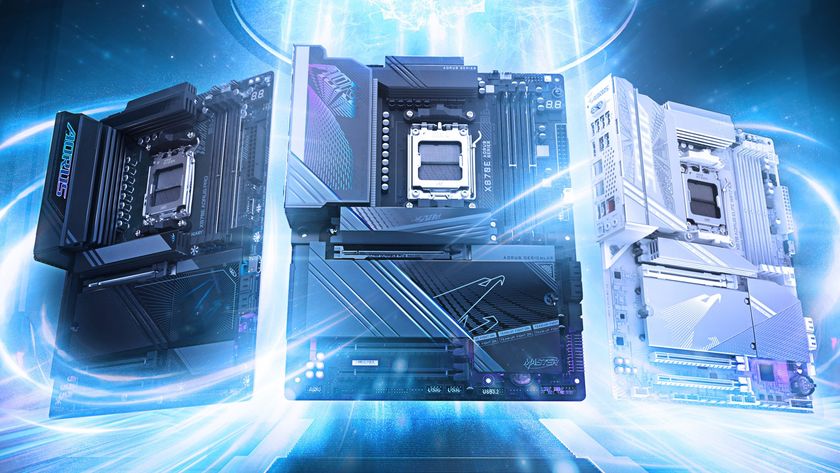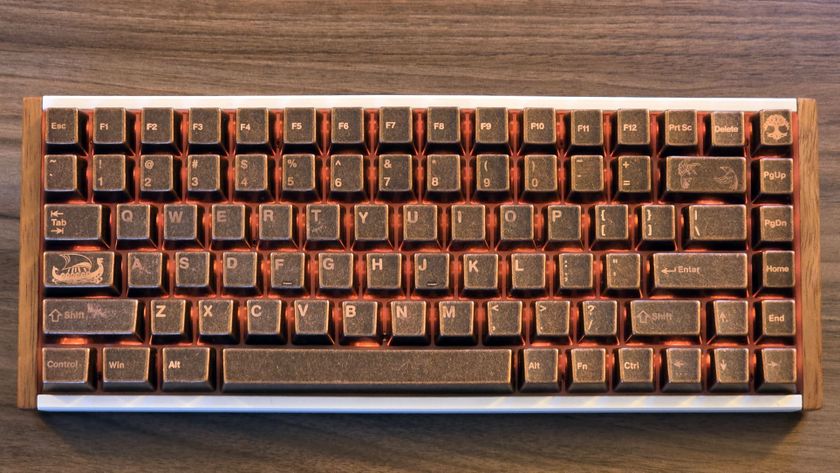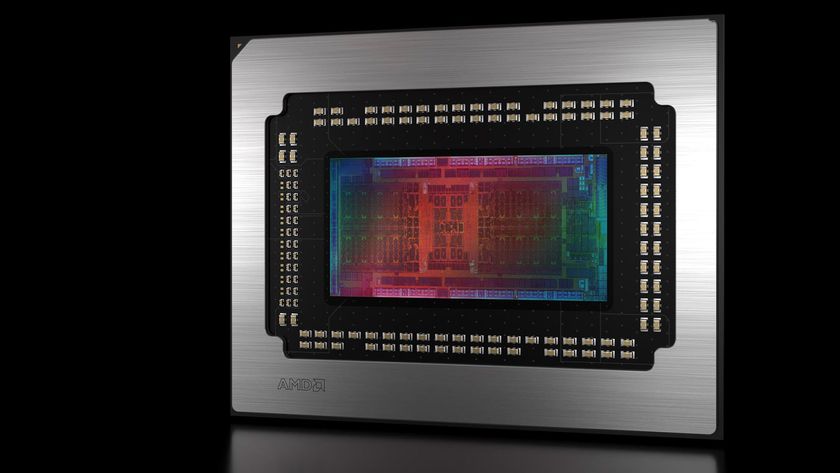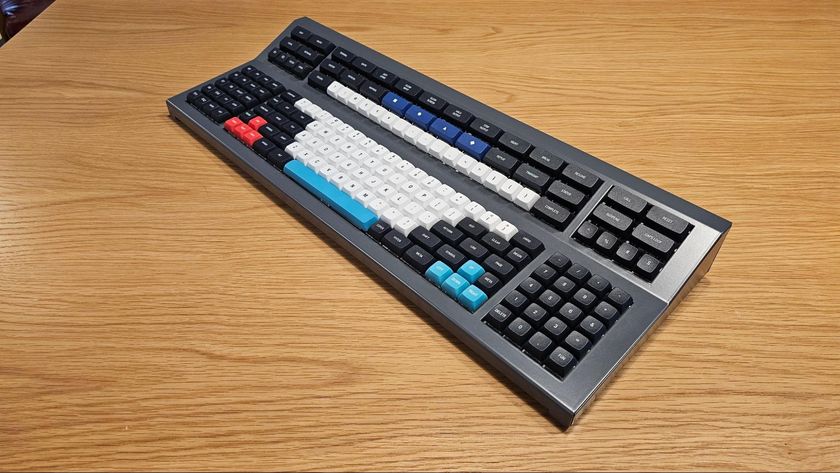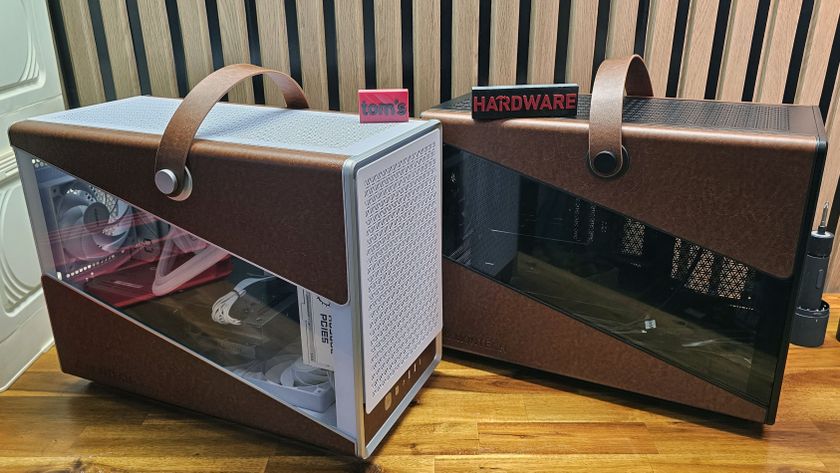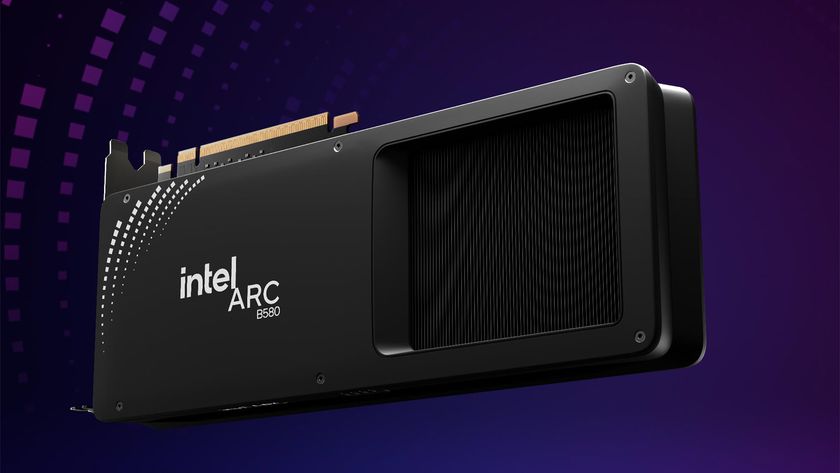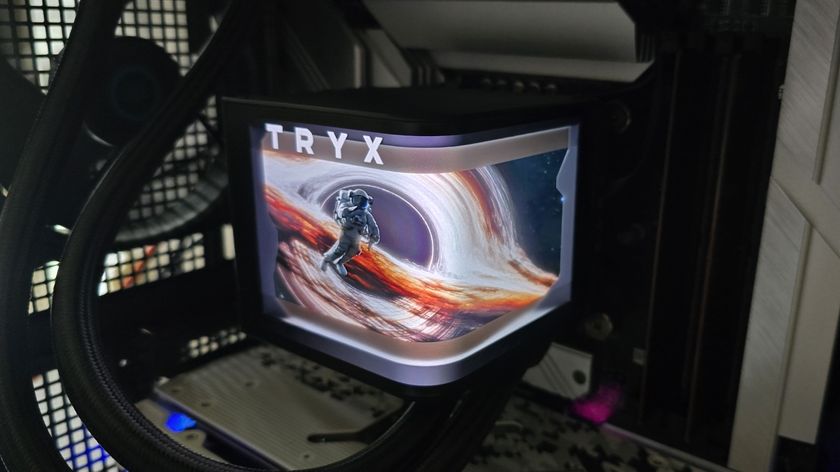Preview of Intel's Upcoming 'Camino'-Chipset
Conclusion
It seems pretty obvious that Camino plus RDRAM is a very questionable solution right now. The performance increase over today's top of the line systems seems marginal, however the costs are exorbitant. Running Camino at 100 MHz FSB is even less sensible, because the CPU still corresponds with the system at the same speed as with BX. We users can demand more performance and a lot lower prices. This will have to happen until September 5, 1999, unless Intel wants to experience their very own Waterloo with Camino or 'i820'.
Looking at the benchmark results makes one thing perfectly clear. Right now the right solution would be a slightly modified BX-chipset that can divide the FSB by 2 so that the AGP can run at the desired 66 MHz whilst the FSB runs at 133. BX with PC133-support would be faster than any other x86-chipset that I've seen so far and it would be so easy to make this chipset reality. This won't happen though. Therefore we'll either need to wait until VIA or ALi supply us with a well performing solution of a PC133-platform, in case that'll ever happen, or we go ahead and shell out a significant amount of money for a Camino-platform plus RDRAM, without receiving a decent performance increase in return. It might be best sticking to BX altogether.
Please read more about Camino and RDRAM in Intel Roadmap Update June 1999 - Part 3, Desktop Chipset and Mobile CPU Roadmap and Tom's Summary of Computex99 Part 1 - Platform News , or more about VIA's PC133-platform in First Test of a PC133-Platform .
Stay On the Cutting Edge: Get the Tom's Hardware Newsletter
Get Tom's Hardware's best news and in-depth reviews, straight to your inbox.
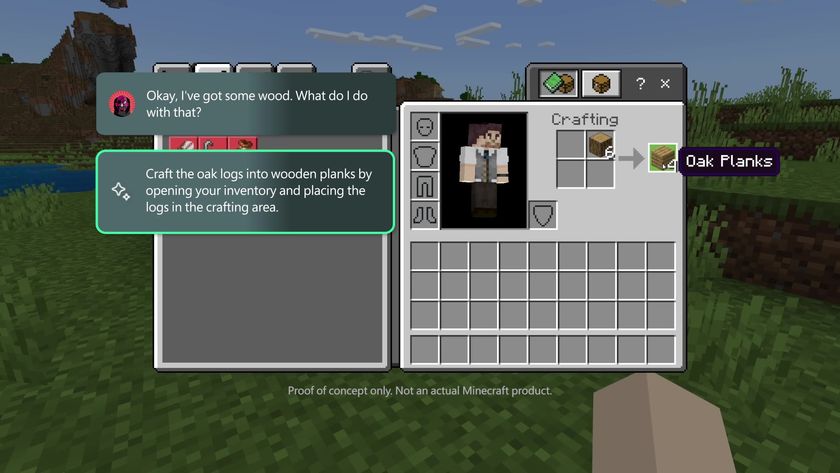
Xbox announces 'Copilot for Gaming' AI assistant — early access coming to Xbox mobile app, more details to come at GDC 2025

Nvidia teams up with Microsoft to put neural shading into DirectX, giving devs access to AI tensor cores
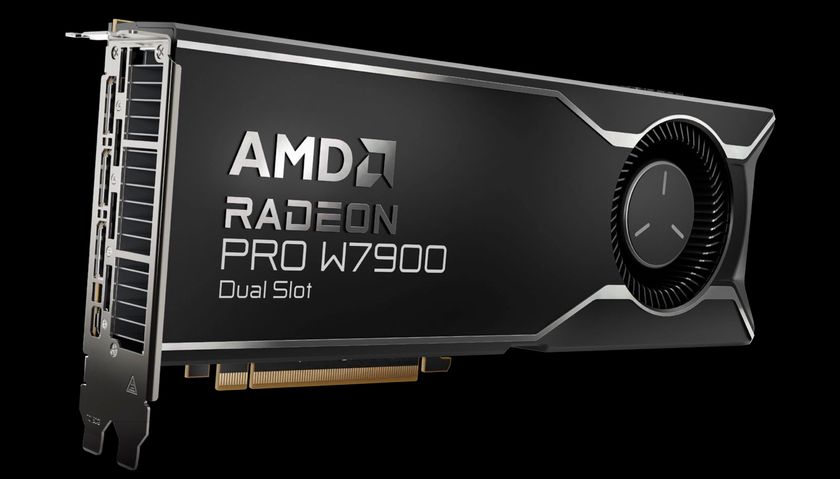
AMD RDNA 3 professional GPUs with 48GB can beat Nvidia 24GB cards in AI — putting the 'Large' in LLM
